Endometrial PreparationMethods and Obstetric Risks After Frozen Embryo Transfer in Endometriosis
Endometriosis is a common condition and is present in 30–50% of women who experience difficulty conceiving. Because it can cause pelvic adhesions, hormonal disturbances, and chronic inflammation, many women with endometriosis require assisted reproductive technologies such as IVF and frozen…
Key Points Lay SummaryEndometriosis Subtypes and Total Fertility Rate: A Nationwide Study
The link between endometriosis and infertility has long been recognized, but large-scale studies comparing fertility outcomes across different subtypes of endometriosis remain limited. Researchers have also sought to understand how surgical treatment affects the likelihood of achieving a live birth.…
Key Points Lay SummaryEndometriosis-Related Infertility: Focus on Oocyte Quality
Fertility and pregnancy success depend on three key factors: the number of oocytes, ovulation, and oocyte quality. While tests such as anti-Müllerian hormone levels and antral follicle counts can estimate oocyte quantity and ovulation, oocyte quality can only be assessed…
Key Points Lay SummaryThe current management of endometriosis-related infertility.
Endometriosis is a chronic disease affecting women of reproductive age, often presenting with pelvic pain such as dyspareunia, dyschezia, and dysuria, or inertility, and significantly impacting quality of life. Management should be individualized based on symptoms, reproductive goals, age,…
Key Points Lay SummaryLong-term Dienogest Treatment and the Chance of Conceiving With IVF
It is not clear whether long-term treatment with dienogest before in vitro fertilization (IVF) affects pregnancy and live birth rates in women with endometriosis, according to a new study published in the Journal of Obstetrics and Gynaecology Canada. “Given limited…
Key Points Lay SummaryWhat Happens to all Those Frozen Eggs?
The rate of return to use previously vitrified oocytes is notably low even though there is an increase in the number of patients pursuing oocyte cryopreservation, found a new study published in JAMA Network Open. According to the authors of…
Key Points Lay SummaryAssessing endometrial receptivity using menstrual blood samples in patients undergoing in-vitro fertilization
Endometrial receptivity is the endometrium's capacity to allow the embryo the chance to adhere, infiltrate, and develop while ensuring an ideal microenvironment. When impaired, it is one of the two major factors contributing to infertility along with embryo quality by…
Key Points Lay SummaryHow Good is Ultra-Long GnRH-a Treatment Before IVF for Women With Endometriosis?
Pretreatment with ultra-long gonadotropin-releasing hormone agonist (GnRH-a), i.e. for at least three months before in vitro fertilization (IVF), has an adverse effect on patient pregnancy outcomes with endometriosis, according to a meta-analysis of the literature published in the Journal of…
Key Points Lay SummaryComparison of different IVF stimulation protocols for pregnancy success in infertile endometriosis patients
Women with endometriosis may suffer from reproductive problems up to an incidence of 50%. Several pathophysiological mechanisms including anatomic distortion, alterations in endometrial receptivity, diminished tubal peristalsis and sperm movements are the most responsible for the development of endometriosis-associated infertility.…
Key Points Lay SummaryConventional IVF or ICSI: Which one is more accurate in endometriosis-related infertility?
Although the prevalence of endometriosis is 10-15% in the general population at reproductive age, it is diagnosed more frequently in infertile women with a prevalence of 25-40%. Although the exact mechanism explaining the association between endometriosis and infertility has not…
Key Points Lay SummaryThe emotions and experiences of women with endometriosis during and after pregnancy
It is well-known that endometriosis patients have a high rate of infertility and a hard time getting pregnant compared to women without endometriosis. Despite the belief that pregnancy can alleviate endometriosis symptoms, some studies have shown that women with endometriosis…
Key Points Lay SummaryWomen With More Severe Endometriosis Have Fewer Eggs
Severe endometriosis negatively affects ovarian response and the quality of oocytes and embryos, according to a new study published in JBRA Assisted Reproduction. However, the rate of fertilization does not seem to be affected by endometriosis stage. These findings could…
Key Points Lay SummaryOvarian endometriomas, ovarian reserve, oocyte quality and IVF/ICSI outcomes
Surgery and assisted reproductive technology (ART) are the preferred treatments for endometrioma in infertile patients. When ART is considered, surgery may seem to have no advantages, as it may not improve pregnancy outcomes and may carry the risk of decreasing…
Key Points Lay SummaryEndometriosis and the cumulative live birth rate in IVF cycles.
Infertility is one of the symptoms encountered in up to 40-50% of women with endometriosis. There are several pathophysiological theories suggesting the development of endometriosis-associated infertility. Assisted reproductive technology (ART) using in vitro fertilization and embryo transfer (IVF-ET) has been…
Key Points Lay SummaryThe Oocyte Quality in Ovarian Endometriosis
Endometrioma is the ovarian involvement of endometriosis affecting up to 44% of women diagnosed with the disease. Owing to the anatomical locus, ovarian endometriosis may impair folliculogenesis and oocyte competence, differing from other forms of endometriosis. When investigating the relationship between…
Key Points Lay SummaryFertility assessment and surgical approach in endometriotic patients.
The prevalence of endometriosis is around 50-70% in women with pelvic pain, and it has been reported as 50% in patients with infertility. Severe adhesive disease associated with advanced endometriosis is a cause of fertility impairment. The relationship between endometriosis…
Key Points Lay SummaryDoes endometrioma affect ovarian reserve to reach pregnancy and birth?
Endometrioma occurs in approximately 17-44% of women with endometriosis. These women suffer from dysmenorrhea, dyspareunia, chronic pelvic pain, and also infertility. Although the exact mechanism explaining endometriosis-associated infertility has not been elucidated, distorted pelvic anatomy, impaired ovarian function, altered microenvironment-endometrial receptivity,…
Key Points Lay SummarySurgery before in-vitro fertilization – Is it beneficial in patients with deep endometriosis?
Deep pelvic endometriosis is thought to be related to infertility by altering the pelvic environment and anatomy due to pelvic adhesions, and the changes in endometrial receptivity contribute to it. The discussion on whether the surgical intervention was beneficial started…
Key Points Lay SummaryIs intrauterine insemination effective in women having endometriosis-associated infertility?
The most common presenting complaints of women with endometriosis are dysmenorrhea, dyspareunia, chronic pelvic pain, and infertility. Affected women demand therapy for these symptoms of endometriosis, notably fertility problems. Several underlying mechanisms have been proposed to explain endometriosis-associated infertility including anatomic…
Key Points Lay SummaryPlacenta praevia and cesarean section more common in patients with ART for Endometriosis
Even though endometriosis is known to be associated with infertility, these women still have a chance to get pregnant spontaneously or by assisted reproduction techniques (ART) with the aid of recent technological developments. A It has also been shown that…
Key Points Lay SummaryImpact of surgery before IVF in infertile women with endometrioma
Among the women with endometriosis, 30 to 50% are estimated to have infertility. On the contrary, among women who present with infertility, 25 to 50% are estimated to also have endometriosis. Several mechanisms have been proposed to explain the association…
Key Points Lay SummaryNon-invasive Construction of Endometrial Organoids
Organoids are 3D culture structures established in vitro and they reflect the aspects of the tissue or the organ they represent. They are seen as important tools in the evaluation of normal development, disease course, and the prediction of the…
Key Points Lay SummaryProgestin suppression for endometriosis before IVF
“Dienogest is a suitable and safe substitute for GnRHa pretreatment in endometriosis patients”, according to the Khalifa et al., from Egypt. Endometriosis is one of the leading reasons for infertility due to decreased oocyte/embryo quality, fertilizability, tubal function, and aberrant endometrial…
Key Points Lay SummaryOptimal management of infertility in endometriosis patients
Pelvic pain and infertility are the main symptoms of endometriosis patients. Although the pathophysiological mechanism for infertility is not clearly understood, there are several theories explaining decreased fertility potential in women with endometriosis. Ata and Telek, from Koc and Istanbul Universities…
Key Points Lay SummaryFertilization rate and pregnancy outcome in IVF cycles of endometriosis.
Endometriosis affects the pelvic cavity, uterus, ovaries and causes impaired fertility as a result. The chronic inflammatory nature of this disease negatively impacts the oocyte quality, maturation, and fertilization. Obviously, fewer oocytes can be harvested in the IVF cycles of…
Key Points Lay SummaryEndometriosis, ART, fertility preservation
This review entitled "The impact of endometriosis on the outcome of assisted reproductive techniques: role of fertility preservation" was written by Necula et al. from Gynecology and Obstetrics Unit, Biel, Switzerland, and recently published in the journal "Hormone, Molecular Biology and Clinical…
Key Points Lay SummaryImpaired fertility potential in endometriosis patients
Infertility is frequently encountered in endometriosis patients because of anatomic distortion, alterations in endometrial receptivity, diminished tubal peristalsis and sperm movements. Garcia-Fernandez and García-Velasco, from Edinburgh, UK and Madrid, Spain, published a mini-review titled “Endometriosis and Reproduction: What We Have…
Key Points Lay SummaryLive Birth Rate in Women Who Underwent Fresh Embryo Transfer Using Freshly Retrieved Donor Oocytes
One of the important clinical findings in women with endometriosis is reproductive problems. Infertility can be encountered in up to 50% of women with endometriosis and up to 50% of women with infertility can be diagnosed with endometriosis. Several pathophysiologic…
Key Points Lay SummaryEgg Freezing for Endometriosis: Should she rush - Tomer Singer, MD
In this presentation, Dr. Tomer Singer, a fertility specialist and the medical director at Shady Grove Fertility in Manhattan, New York talks about egg freezing and its importance for women with endometriosis. He emphasizes the importance of having an endometriosis…
Key Points Lay SummaryImplantation failure in endometriosis patients - Jovana Lekovich, MD., PhD.
Endometriosis is one of the leading reasons for infertility due to decreased oocyte/embryo quality, fertilization ability, tubal function, and aberrant endometrial receptivity. Whether this failure is caused by oocyte/embryo or eutopic endometrium is one of the investigated topics in endometriosis…
Key Points Lay SummaryIn vitro fertilization protocols in endometriosis patients - Pinar Kodaman, MD., PhD.
Infertility is frequently encountered in endometriosis patients because of anatomic distortion, alterations in endometrial receptivity, diminished tubal peristalsis, and sperm movements. Even though the disease stage and presence of endometrioma is negatively correlated with infertility, it is unpredictable which women…
Key Points Lay SummaryEndometrioma size and anti-Müllerian hormone levels
Endometriotic lesions are encountered in different locations in the pelvic cavity, including but not limited to the ovaries, the pouch of Douglas, the ureters, the bladder, and the bowel. Cystic endometriosis lesions located in the ovary are called "endometrioma". Endometriomas have…
Key Points Lay SummaryReduced risk of "small for gestational age baby" following frozen embryo transfer in endometriosis patients
Infertility is encountered frequently in patients with endometriosis. These women could be managed using assisted reproductive technology (ART) including in-vitro fertilization (IVF) or intracytoplasmic sperm injection (ICSI) to achieve pregnancy. However, some adverse obstetric and perinatal outcomes are experienced more…
Key Points Lay SummaryDepression and anxiety levels in "in vitro fertilization" patients with endometriosis
Endometriosis is a reproductive-aged and estrogen-dependent disease. The most common symptoms of this disease are dysmenorrhea, dyspareunia, chronic pelvic pain, and infertility affecting the quality of life in several aspects mainly the psychological domain. In the literature, there are many studies…
Key Points Lay SummaryInternational experts commentary for assisted fertility treatment facilities amidst COVID-19
A multinational and multi-institutional commentary led by Dr. Alviggi from Italy and Dr.Esteves from Brazil has addressed important issues on assisted reproductive technology treatment amid COVID-19 lockdown suggesting remedies in the journal of "Reproductive Biology and Endocrinology" May 2020 issue.…
Key Points Lay SummaryNew Insights on Infertility and Low Success Rates of Assisted Reproduction in Women with Endometriosis
The fluid surrounding immature eggs waiting to mature and be fertilized by a sperm to lead to pregnancy is different in women with endometriosis compared to those without, according to a study published in Molecular Biology Reports. This could explain,…
Key Points Lay SummaryMaternal body mass index and neonatal outcomes in women with endometriosis
Endometriosis is defined as the localization of endometrial glandular and stromal-like tissue outside the uterine cavity. Its prevalence is 10-15% in the general population of this age. However, endometriosis is diagnosed more frequently in infertile women with a prevalence of…
Key Points Lay SummaryThe effect of endometriosis on implantation in women with endometriosis associated infertility
One of the most common clinical findings of women with endometriosis is fertility problems. Women with endometriosis often benefit from in vitro fertilization methods to get pregnant. However, whether there is a detrimental effect of endometriosis on in vitro fertilization outcomes…
Key Points Lay SummaryWhich comes first in endometriosis management: In vitro fertilization or surgery?
Endometriosis is defined as the localization of endometrial glandular and stromal tissue outside the uterine cavity. The prevalence is found to be 7%–10%, but among infertile women, it increases up to 50%. Early diagnosis and personalized management are important to…
Key Points Lay SummaryICSI Outcomes for Laparoscopic Intervention of Endometriosis
Women with endometriosis can have trouble conceiving and often turn to fertility treatments for help. Guler et al. recently published a paper in Systems Biology in Reproductive Medicine titled “The Impact of laparoscopic surgery of peritoneal endometriosis and endometrioma on…
Key Points Lay Summary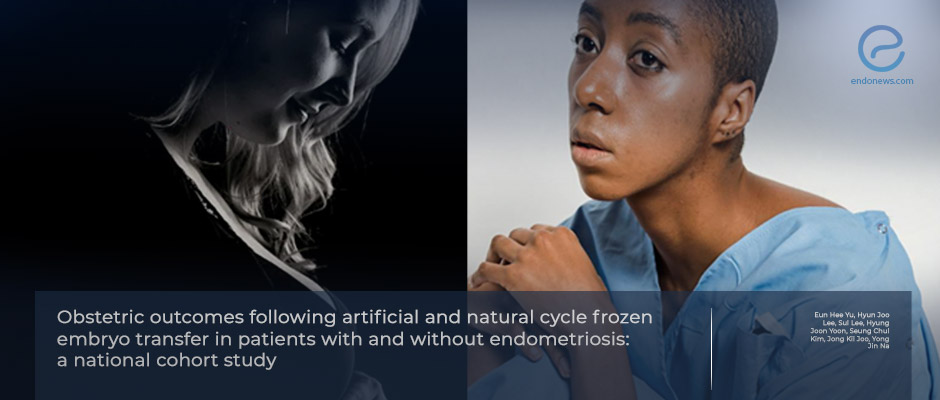
 By Hale Goksever Celik
By Hale Goksever Celik

 By Selma Oransay
By Selma Oransay

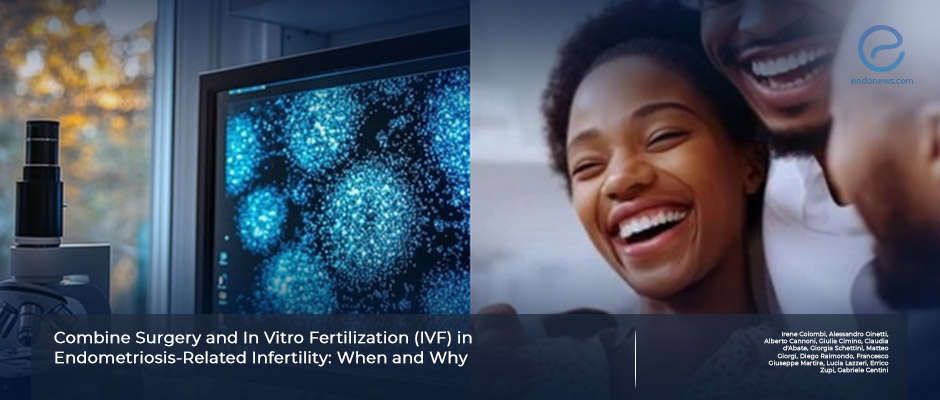

 By Özge Özkaya
By Özge Özkaya


 By Eylül GÜN
By Eylül GÜN
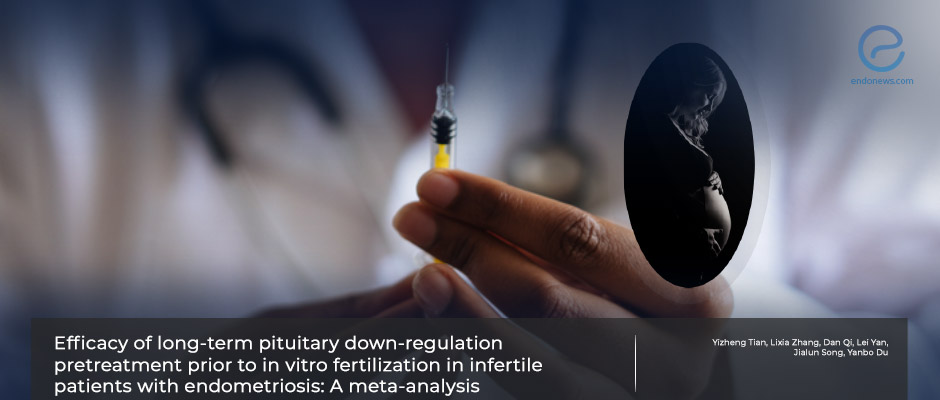




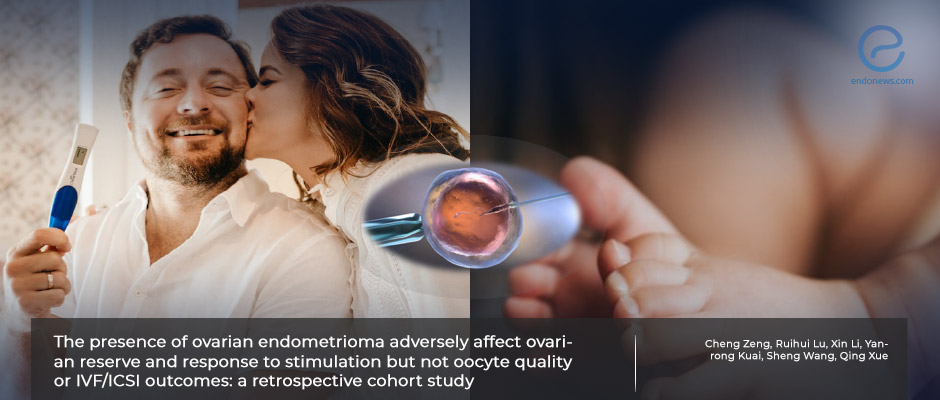





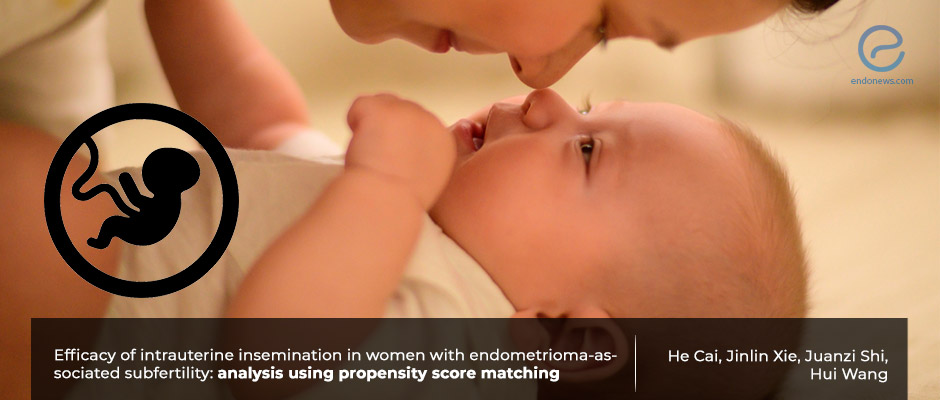










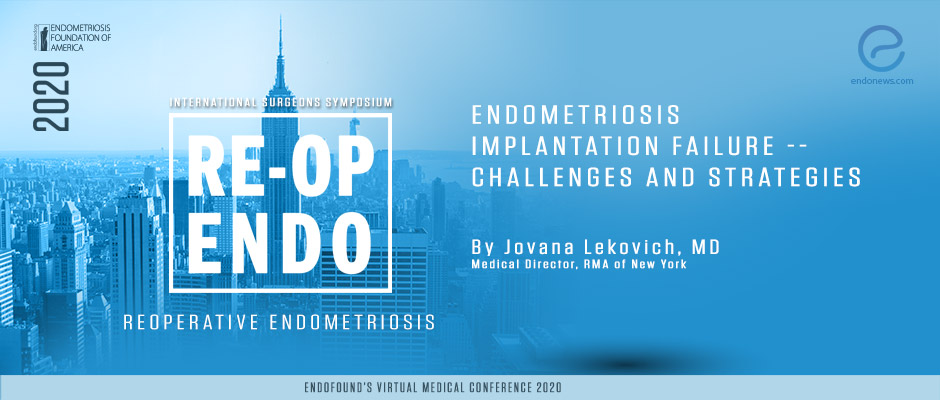





 By Nasuhi Engin Aydin
By Nasuhi Engin Aydin





 By Kasthuri Nair
By Kasthuri Nair